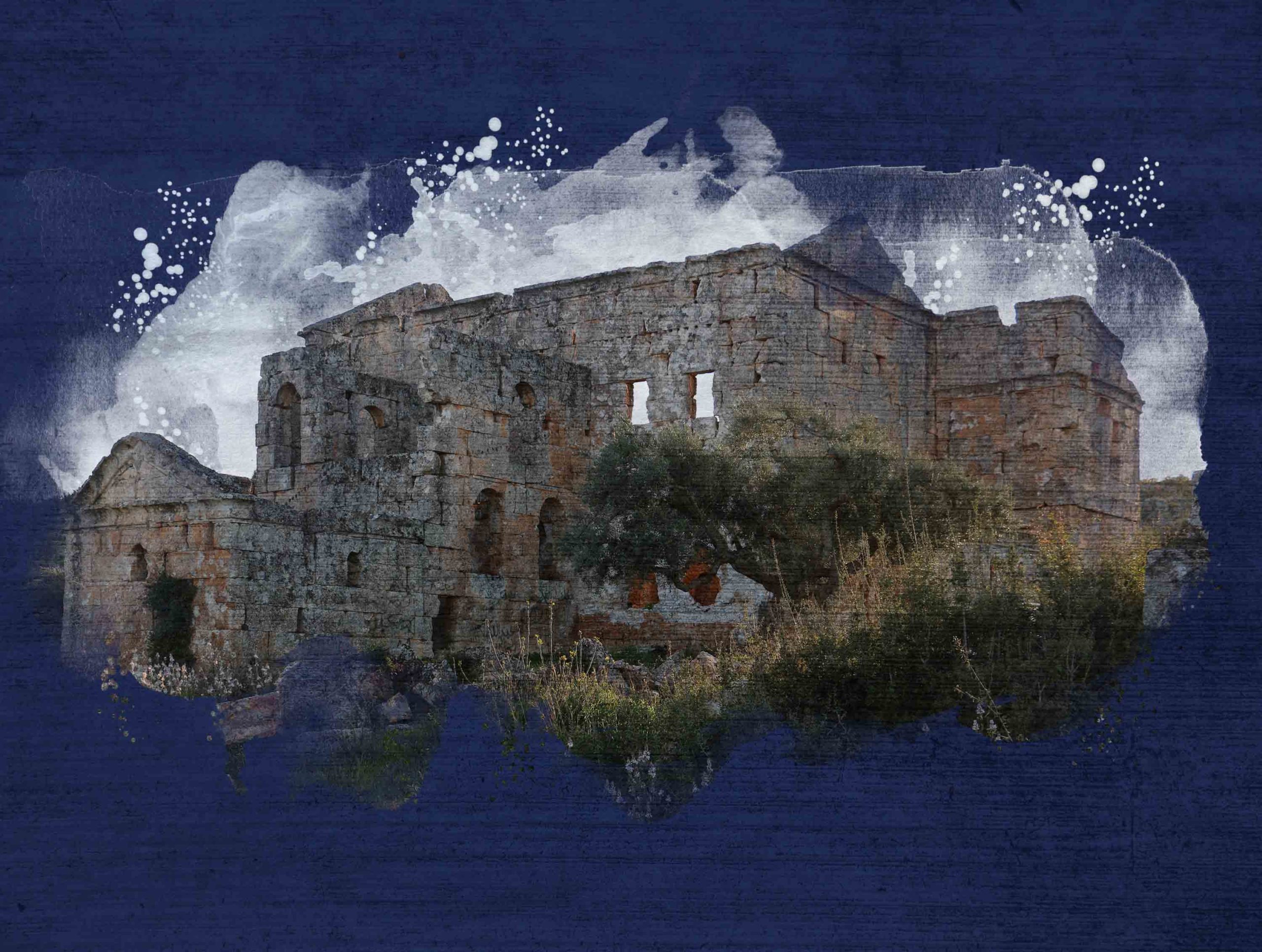Many of Syria’s famous heritage sites are in territory outside of the control of the Assad regime and are threatened by looting, damage as a result of conflict, and deliberate attack. The Day After – Heritage Protection Initiative (TDA-HPI) is currently engaged in the protection of cultural heritage in the areas of Syria that are at most risk.
Recognizing the importance of protecting Syria’s cultural heritage sites and collections from harm and the importance of preserving them as part of the efforts to help enhance a Syrian national identity and steer Syria on its path towards post conflict stabilization and reconciliation, TDA established the Heritage Protection Initiative to help protect this cultural heritage as part of its portfolio of its activities.
TDA-HPI has the ability to reach a network of heritage professionals and civil society activists who are in areas outside of the control of the Assad regime and working in desperate conditions to protect museums, cultural heritage sites, and collections. TDA-HPI provides an organizational framework for addressing emergency preservation concerns among heritage professionals and activists inside Syria, providing training and supplies for emergency stabilization, collecting verified documentation on deliberate acts of cultural destruction for human rights groups, and advocating for heritage protection among the international community. TDA-HPI produces regular reports on the state of cultural heritage sites and monuments including rapid assessment and damage reports due to bombing, looting and other violations.
TDA-HPI established the Site Monitors Project in spring of 2015, a network of local archaeologists, museum curators and activists who act as site monitors. It supports the site monitors by providing training and technical expertise through its contacts with professionals and institutions. The Site Monitors work to:
- Document violations and looting of cultural heritage sites outside areas of regime control. This includes sites controlled by ISIS (Daish).
- Document war damage caused by the ongoing conflict.
- Track the sale and transport of looted antiquities.
- Implement small-scale intervention/preservation projects.
